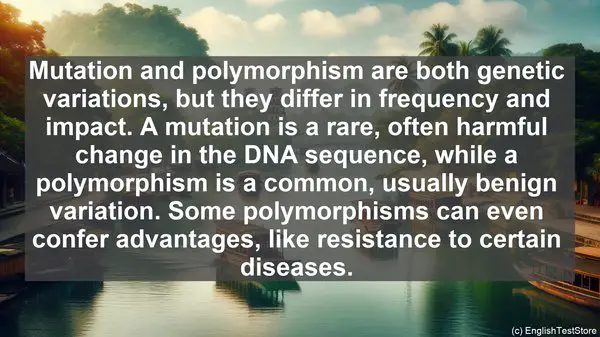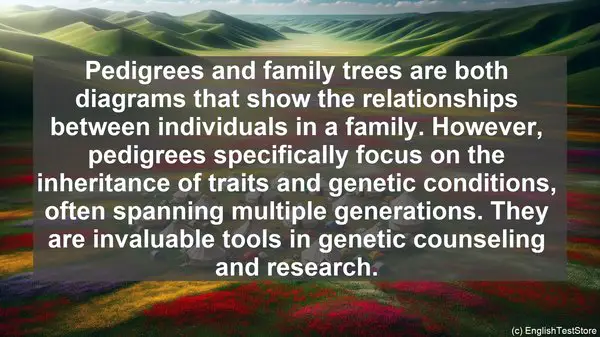Introduction
Welcome to today’s lesson on human genetics. In this lesson, we’ll be discussing the top 10 commonly confused words in this field. Understanding these terms is crucial for accurate communication and research in genetics.
1. Gene vs. Allele
Gene and allele are often used interchangeably, but they have distinct meanings. A gene is a segment of DNA that codes for a specific trait, while an allele is a variant of a gene. For example, the gene for eye color may have alleles for blue, brown, or green eyes.
2. Genotype vs. Phenotype
Genotype refers to the genetic makeup of an organism, while phenotype refers to its observable characteristics. While genotype determines the potential traits, the phenotype is the actual expression of those traits, influenced by both genetics and the environment.

3. Homozygous vs. Heterozygous
Homozygous means having two identical alleles for a gene, while heterozygous means having two different alleles. This distinction is crucial in understanding inheritance patterns. For example, in a heterozygous individual, one allele may be dominant, determining the phenotype.
4. Dominant vs. Recessive
Dominant alleles are expressed in the phenotype even if there’s only one copy, while recessive alleles require two copies to be expressed. This is why some genetic conditions only appear when both parents pass on the recessive allele.
5. Mutation vs. Polymorphism
Mutation and polymorphism are both genetic variations, but they differ in frequency and impact. A mutation is a rare, often harmful change in the DNA sequence, while a polymorphism is a common, usually benign variation. Some polymorphisms can even confer advantages, like resistance to certain diseases.
6. Genome vs. Gene
The genome is the complete set of an organism’s DNA, including all its genes. A gene, on the other hand, is a specific segment of DNA that codes for a particular protein or trait. While the human genome contains around 20,000 genes, it’s estimated that only a small fraction of them are protein-coding.
7. Chromosome vs. Chromatid
Chromosomes are structures in the cell nucleus that carry genetic information. During cell division, each chromosome duplicates, resulting in two identical chromatids. These chromatids are then separated, with each new cell receiving one chromatid from each chromosome, ensuring the correct distribution of genetic material.

8. Codon vs. Anticodon
Codons and anticodons are sequences of three nucleotides in RNA. Codons are found in messenger RNA (mRNA) and encode for specific amino acids, while anticodons are present in transfer RNA (tRNA) and complement the codons during protein synthesis. This process is essential for the accurate translation of genetic information.
9. Exon vs. Intron
Exons and introns are regions in a gene. Exons contain the coding sequences that are translated into proteins, while introns are non-coding sequences. Although initially considered ‘junk DNA,’ introns are now known to play important regulatory roles in gene expression.
10. Pedigree vs. Family Tree
Pedigrees and family trees are both diagrams that show the relationships between individuals in a family. However, pedigrees specifically focus on the inheritance of traits and genetic conditions, often spanning multiple generations. They are invaluable tools in genetic counseling and research.
